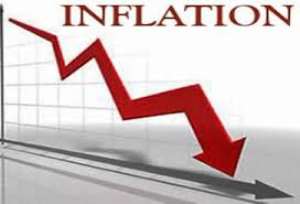
Ghana’s inflation rate continued its downward trend in March 2025, with the latest figures showing a decline to 22.4% from 23.1% in February.
The decrease was largely driven by easing food prices and a slowdown in non-food inflation, signaling some stability in the country’s price levels.
Food inflation saw a notable reduction, falling from 28.1% in February to 26.5% in March. The decline was attributed to improved food supply and relative price stability in key commodities. Non-food inflation also edged down slightly, dropping from 18.8% to 18.7%, indicating a broader moderation in price increases across other sectors of the economy.
Despite these improvements, inflation trends varied across different categories. Inflation for locally produced goods dropped to 24.0% from 25.1%, reflecting better supply conditions. However, inflation for imported goods saw a slight increase, rising to 18.7% from 18.5% in February. This increase suggests that external factors, such as exchange rate fluctuations and rising global commodity prices, continue to put pressure on Ghana’s import-dependent economy.
Regional disparities in inflation remained evident. The Upper West Region recorded the highest inflation rate at 36.2%, reflecting localized economic challenges, while the Volta Region had the lowest rate at 18.9%, indicating relatively stable price levels in that area.
The overall decline in inflation suggests that Ghana’s economic conditions are gradually improving, but risks remain, particularly in relation to exchange rate pressures and external market conditions. Economic analysts will continue to monitor these trends to determine the sustainability of the current decline in inflation.


